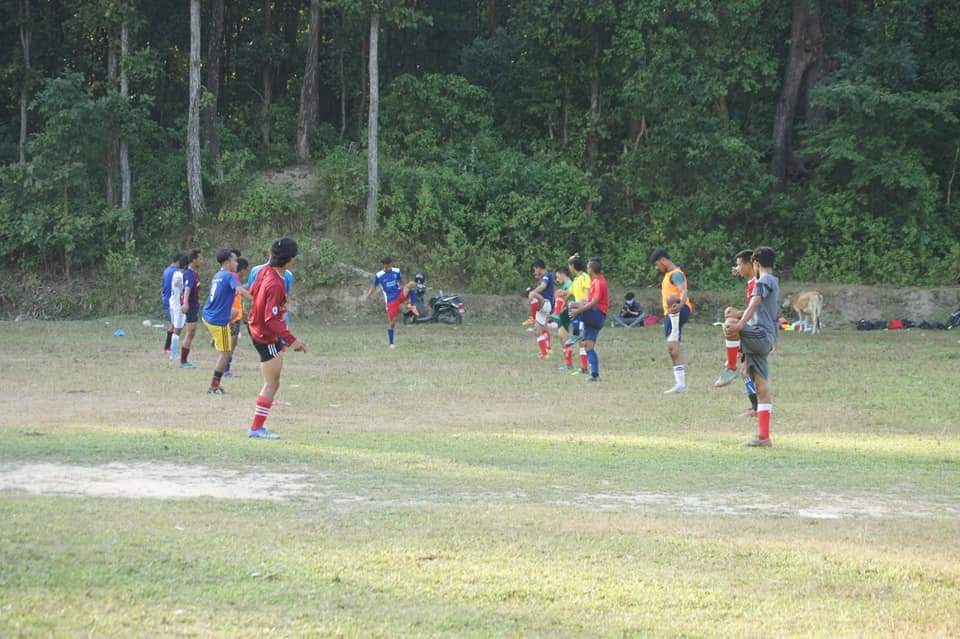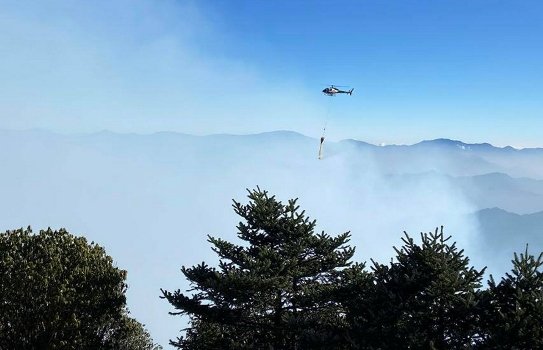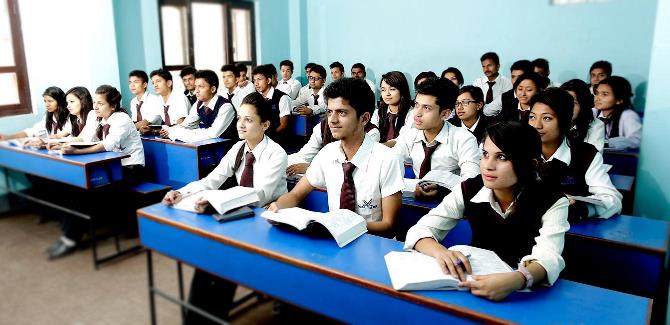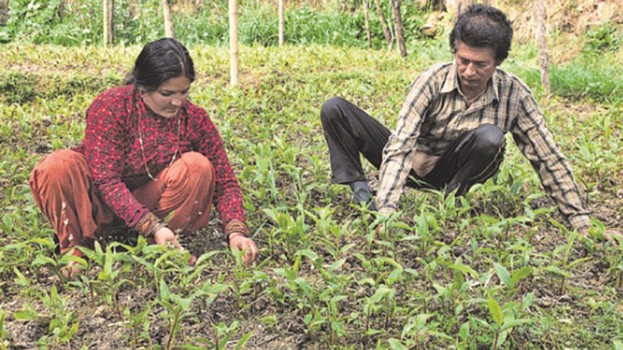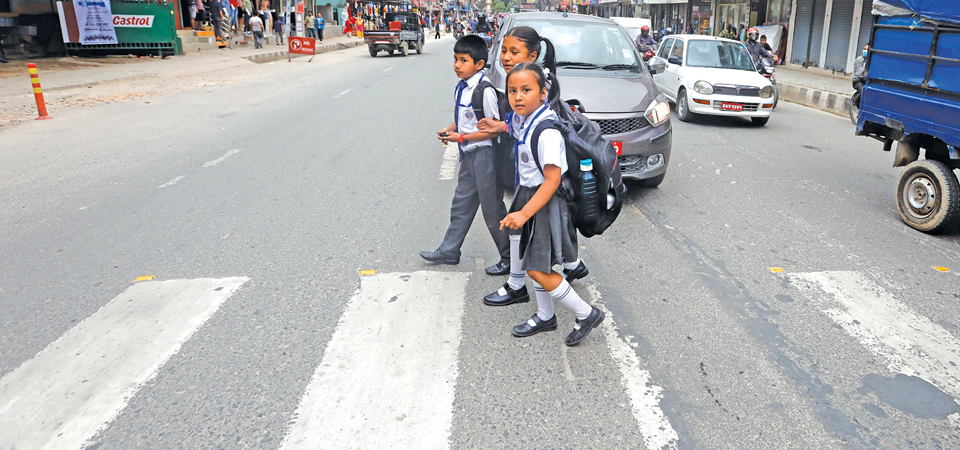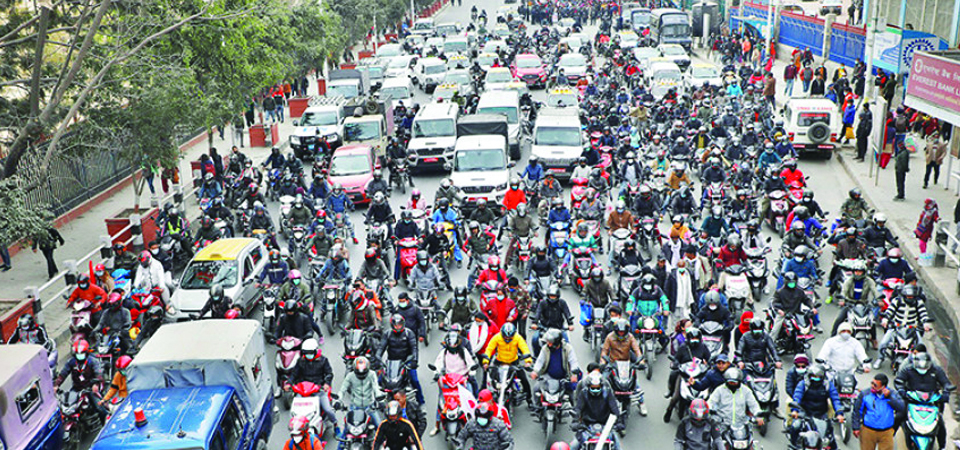Fire fighting preparedness still insufficient
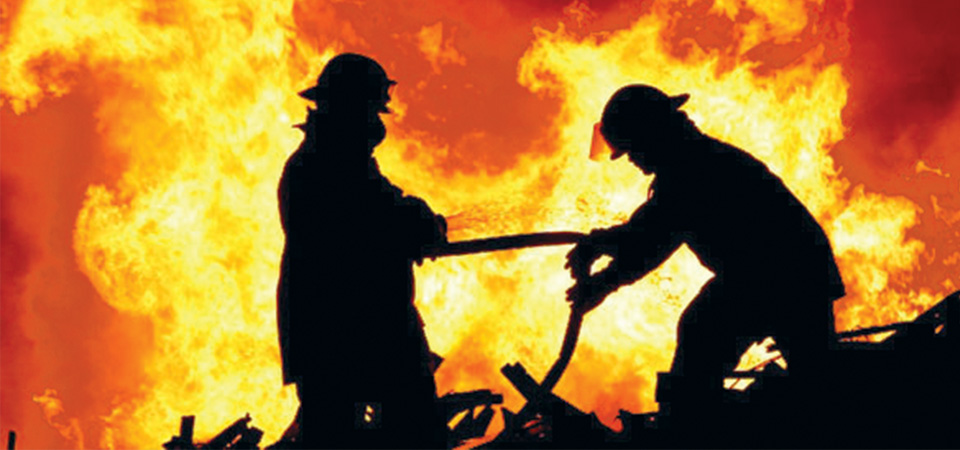
Kathmandu, Mar. 12: Fire incidents have become too common in recent days.
In 2022, from January 1 to March 10, 41 people died and 729 families were affected in 637 fire incidents across Nepal which damaged property worth over Rs. 628 million, according to Nepal Disaster Risk Reduction Portal’s data.
The data also shows that 2,694 fire incidents were recorded over 2021 with 99 deaths, 3,425 families were affected and property worth Rs. 2.231 billion got destroyed.
Likewise, 2,129 fire incidents in 2020 destroyed property worth over Rs. 1.5 billion; 57 people died and 2,693 families were affected.
Officials informed that around 80 per cent of fires occurred as a result of electric short circuit followed by gas leakage while cooking.
Every tier of the government has its own responsibility to implement disaster risk management plans and policies. However, a study report on ‘Local Level’s Capacity Need Assessment’ in 2021 by the Ministry of Federal Affairs and General Administration showed that 70 per cent of the local levels had not conducted disaster prevention training.
“About 85 per cent of the local levels had not prepared against fire and 92 per cent did not implement the fire code,” the report read.
Talking to The Rising Nepal, National Disaster Risk Reduction and Management Authority (NDRRMA) spokesperson Dijan Bhattarai said, “Local levels have been unable to meet the expectations for disaster prevention and recovery. They need to work by coordinating with federal and provincial governments to achieve the needs.”
Bhattarai, who is also a government under-secretary, added that awareness campaigns were still not effective as it had not reached the mass.
“We have two fire engines and a professional team which reach neighbouring local levels as well when needed. A warehouse with equipment against disasters like fire, flood and landslide has also been setup for Nepali Army,” said Ashok Kumar Byanju, Mayor of Dhulikhel Municipality.
However, despite proper preparedness, several places in Dhulikhel are difficult to reach due to the geographical difficulties and lack of quality road. The scenario is similar across Nepal’s Hill and Himalayan regions.
Yet, places with proper road access and infrastructure are also failing to meet the expectations for disaster risk management.
“The Kathmandu Valley has proper road access followed by more fire engines and experienced manpower than other parts of the country but it is struggling to prevent and douse fire incidents like others,” said a fire fighter at Juddha Barun Yantra, the oldest fire brigade of Kathmandu, on condition of anonymity.
Moreover, NDRRMA data shows that there are only around 200 fire engines across the country with 753 local levels. “All local levels don’t have fire engines because it might not be their priority. It is the first tenure of local levels and their works show that they are moving forward optimistically,” said Byanju, who is also the president at Municipal Association of Nepal, an umbrella organisation representing entire municipalities of Nepal.
Lack of fire engines in the respective local levels has been the leading cause of major damage as it expands quickly if not intervened.
Experts suggested that the local levels should at least meet a basic standard in disaster management.
“If a local level finds itself unable to tackle disaster-related issues alone, it can coordinate with neighbouring ones as well. It will benefit more than one municipality and it will also decrease the economic burden,” NDRRMA spokesperson Bhattarai said.
Bhattarai stressed that local levels should at least manage water sources nearby to use it in need and suggested public to own safety equipment as per the disasters prevalent in the respective place.
Couple of local level representatives with whom The Rising Nepal spoke to cited lack of enough budget and different other priorities which have barred them from procuring fire engines or other disaster management equipment and infrastructure.
Security forces, who complained of lack of resources, stressed that much more needed to be done by local levels and other government bodies against natural disasters.
As the season of forest fire is commencing, authorities have also requested local levels, communities and stakeholders to take preventive steps at the earliest.
Recent News

Do not make expressions casting dout on election: EC
14 Apr, 2022
CM Bhatta says may New Year 2079 BS inspire positive thinking
14 Apr, 2022
Three new cases, 44 recoveries in 24 hours
14 Apr, 2022
689 climbers of 84 teams so far acquire permits for climbing various peaks this spring season
14 Apr, 2022
How the rising cost of living crisis is impacting Nepal
14 Apr, 2022
US military confirms an interstellar meteor collided with Earth
14 Apr, 2022
Valneva Covid vaccine approved for use in UK
14 Apr, 2022
Chair Prachanda highlights need of unity among Maoist, Communist forces
14 Apr, 2022
Ranbir Kapoor and Alia Bhatt: Bollywood toasts star couple on wedding
14 Apr, 2022
President Bhandari confers decorations (Photo Feature)
14 Apr, 2022



